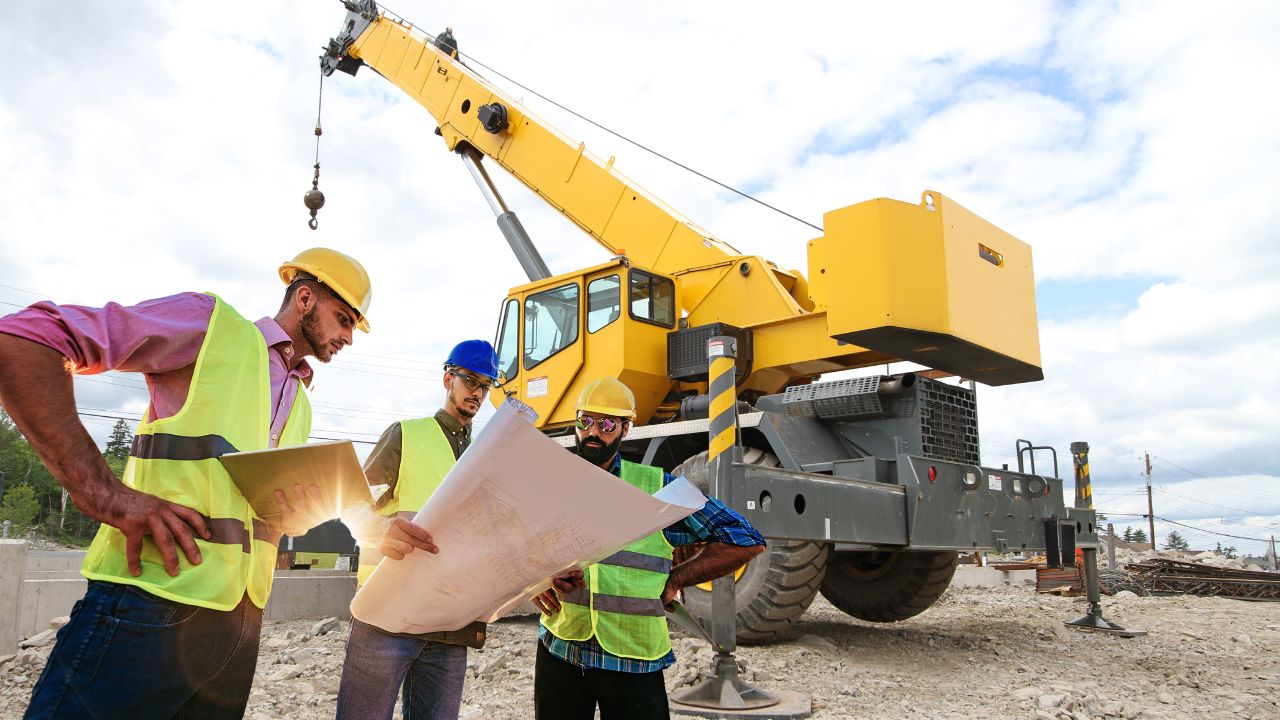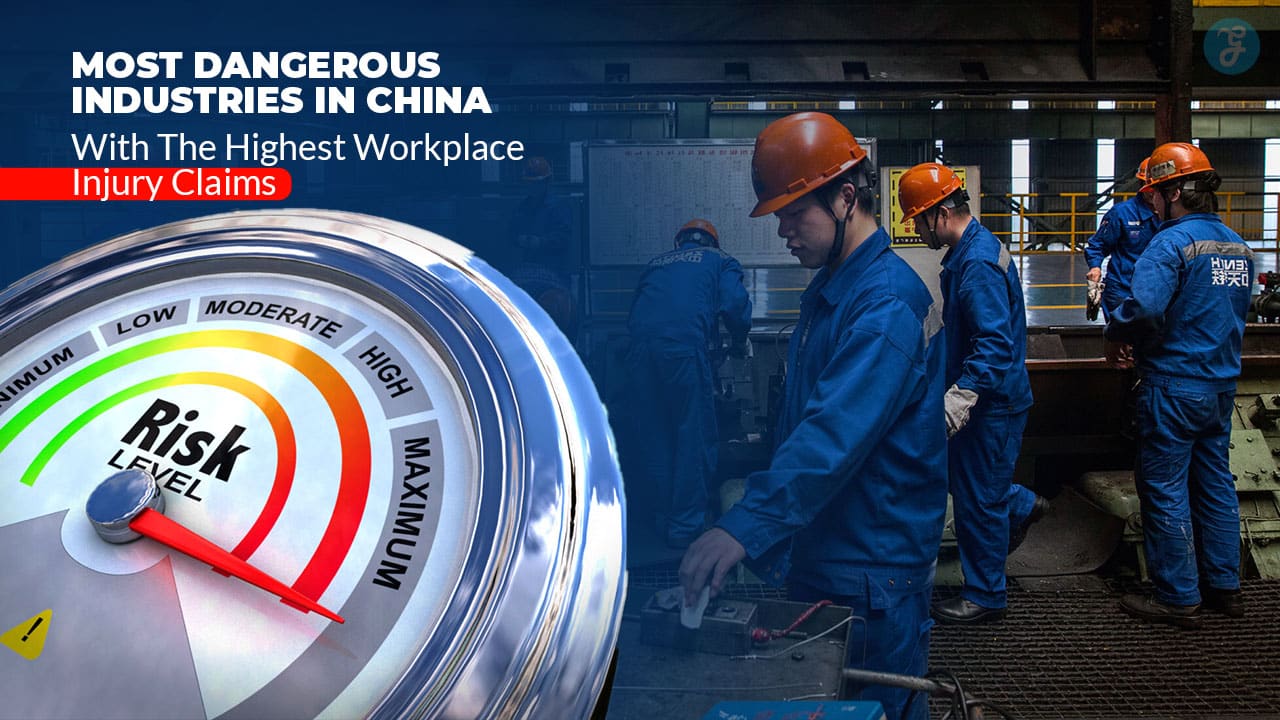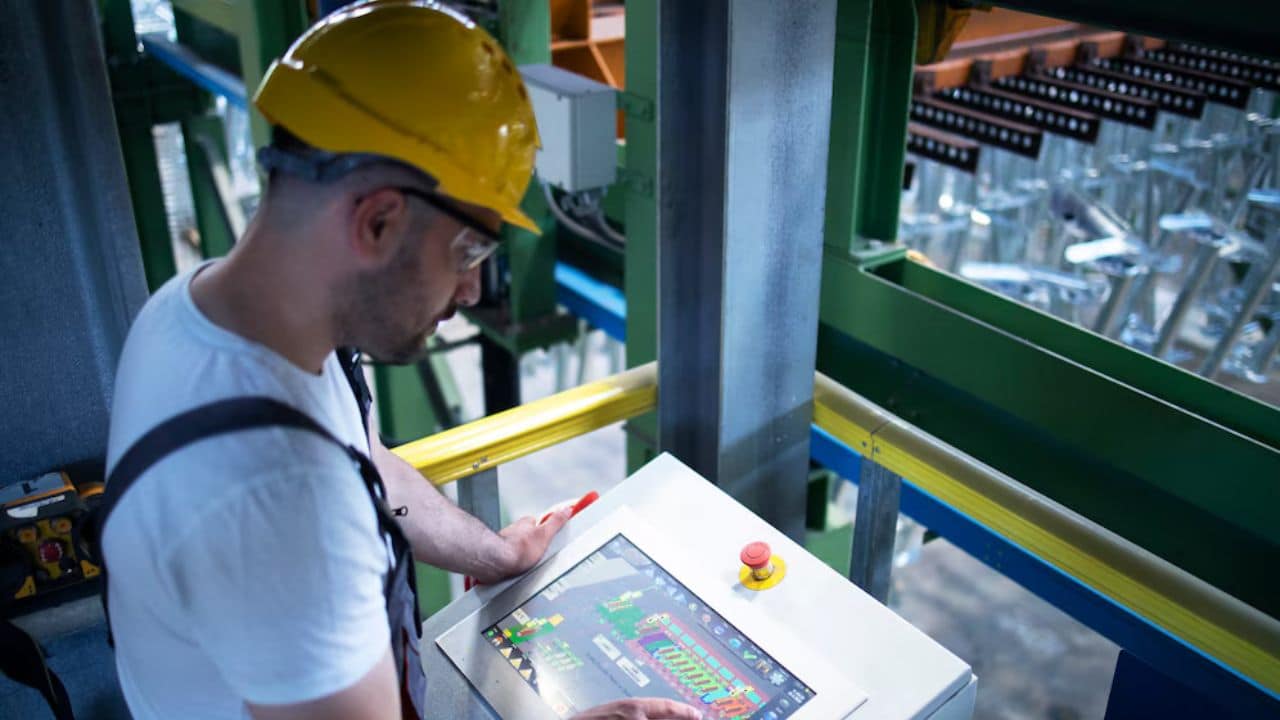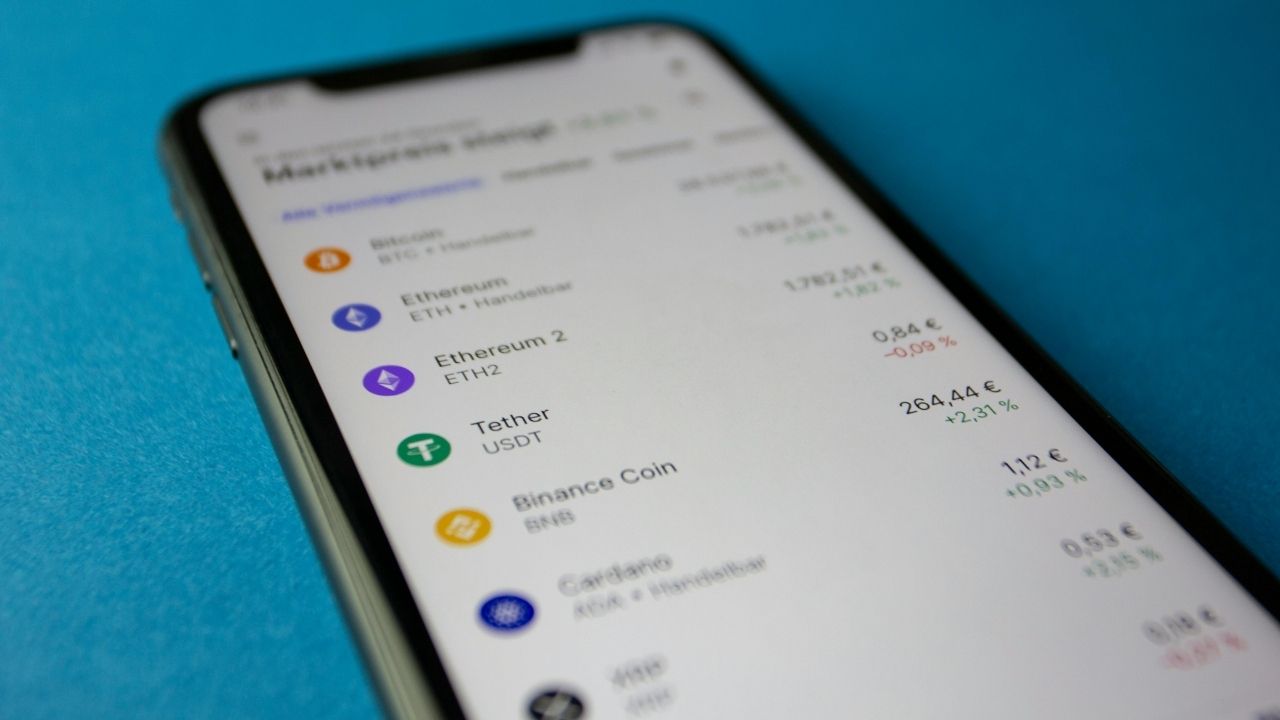Listen to Podcast:
Construction project managers have an incredibly challenging job role. This type of position carries multiple responsibilities and entails an extremely high level of accountability. To be a great project manager, you need to make the most of your resources. Here are a few of the most important ways to stay on top of your duties, rally your team effectively, and meet your client’s expectations.
Organizing and Sharing Information
When a project’s scope of work requires the coordinated efforts and insights of numerous participants, the way that you share materials can play a key role in how well you’re able to collaborate. First and foremost, you need a file-sharing system that offers comprehensive cybersecurity. If your data is compromised or a ransomware attack cuts off your access to it, trying to salvage all of the work that everyone has already produced could be a serious problem.
It’s also important to manage project documents in a way that facilitates continuity and good communication. Working in construction project management gives architects, contractors, and subcontractors secure access to centralized project management materials. People will know exactly where to look for the information that they need to fulfill their individual job duties.
When everyone has real-time information about slated work and recorded progress, it reduces the possibility of miscommunications. Likewise, a single file-sharing platform minimizes the risk of errors in Building Information Modeling.
Ultimately, managers should opt for a all-in-one construction management software for coordinating and executing BIM tasks. With a reliable, readily accessible platform, managers and other project leaders steering can collaborate efficiently and strategically.
Maintaining Safe Conditions Onsite
If something goes wrong on a job site and an accident results in an injury or creates a setback, you’re going to have to answer for it. Even if you had nothing to do with what happened, clients and other participants are likely to hold a project manager responsible.
The best approach to managing safety in construction is a proactive one. By establishing systematic safeguards and policies to promote safe conditions on site, it might be possible to avoid finding yourself in an awkward position after inadequate safety protocols give rise to an accident. Assign supervisory authority to senior crew members. Give them comprehensive safety checklists to complete every day. Inspecting structures and equipment with a guided checklist helps to ensure that nothing gets overlooked.
Requiring your crew to complete formal safety training courses is another way to make safety an integral part of your company culture. Training sessions ought to be interactive and provide workers with practical directives as well as opportunities to ask questions. Holding ongoing safety meetings is another effective way to make construction workers more conscientious about what they have to do to protect themselves and their coworkers.
Use safety signage to reinforce awareness of specific policies. Visual reminders for people, while they’re on the job, can be very helpful. Also, people may be more inclined to be attentive to safety policies when they know that somebody is watching out for compliance issues. In addition to onsite safety supervisors, consider using monitoring devices that you can easily reposition. This may help to deter potentially unsafe conduct such as the improper use of machinery or horseplay on a job site.
Managing Expenses
Staying on budget is one of your most important objectives as a project manager. Big discrepancies between estimated expenses and actual expenses are among the most common frustrations that clients have with general contractors. Putting a lot of thought and care into the bidding process helps companies steer clear of this type of scenario, but project managers usually don’t have an active role in preparing proposals. By the time you’re involved in a project, the budget is probably already laid out for you.
You need to pay close attention to expense management throughout the planning process for each phase of completion. Sending a change order until you’re almost done carrying out the actual work behind it or waiting to inform clients about additional costs until the last minute before a new phase is supposed to start will make clients even more recalcitrant about them.
Use accounting software to analyze costs predictively and keep detailed information about where you’re at with every line item. Ideally, you want to select software that’s easy to operate. A user-friendly program is going to simplify basic bookkeeping tasks, so you’ll be less inclined to procrastinate about reconciling expenses when you’re pressed for time.
Ultimately, identifying and using the best resources to stay organized can make you a more capable and effective project manager. The right organizational tools will facilitate good communication, foster safe working conditions, and help to keep projects on budget.













































